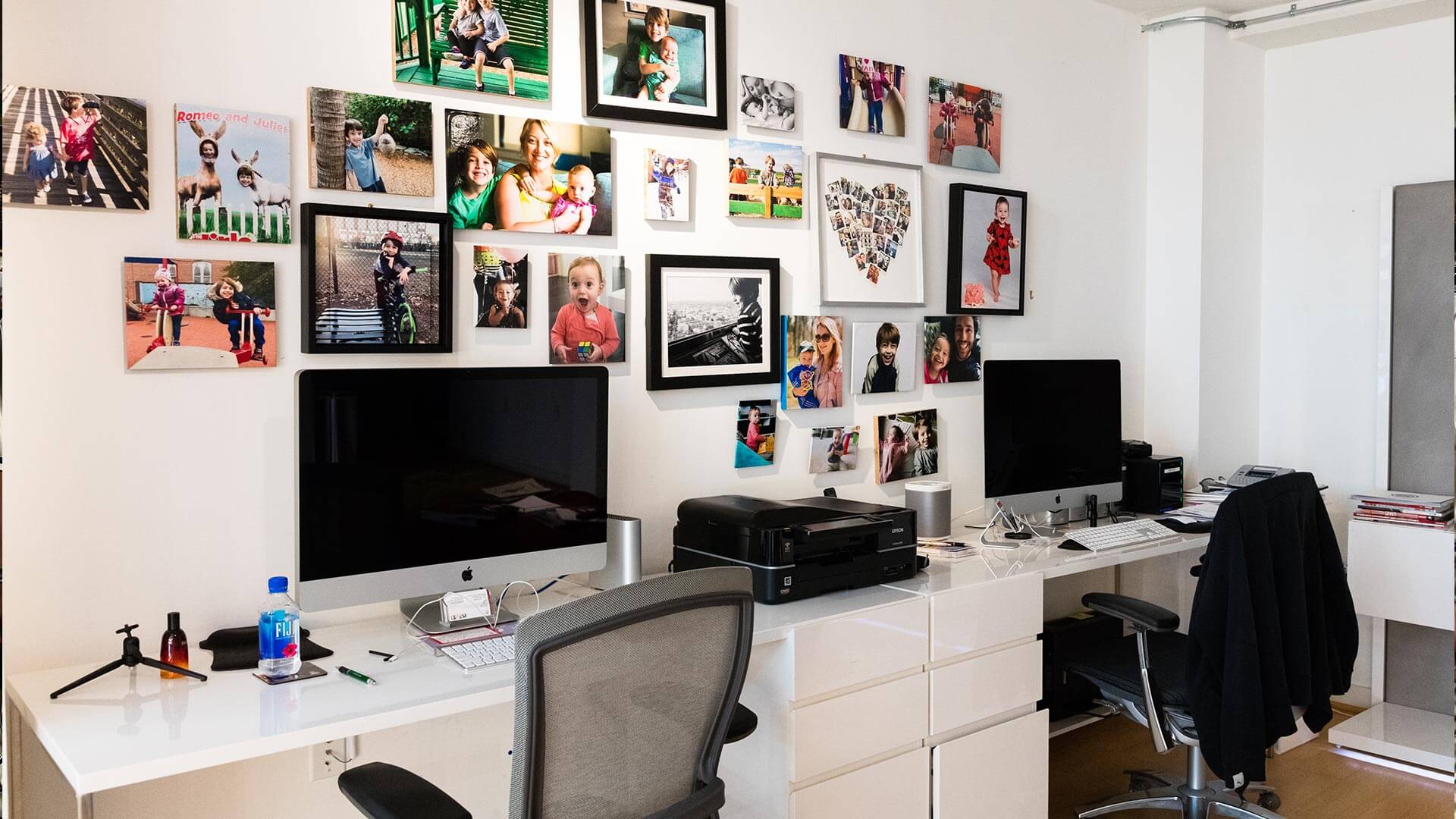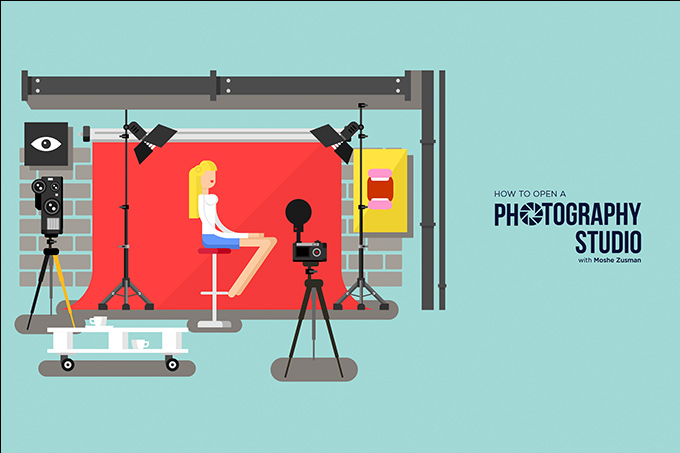How to Open a Photography Studio with Moshe Zusman
Want more information on this article? Get access to video content and additional supporting images. Launch the April issue of the magazine by logging in or signing up for a free account by clicking here. Shutter Magazine is the industry’s leading professional photography magazine.
When I started doing photography, my focus was mainly weddings, and I was working from home. Working from home was easy because I had no overhead and I was meeting my clients at my house or Starbucks. I just had to make sure the place was straightened up. After a few years, my business grew tremendously. I had maximized the amount of income I could make with just two hands and a living room.
My son was born in 2010 when I was doing 40 to 50 weddings a year. I’d been hiding my infant son in the other room with my wife while I was meeting clients in the living room. 2010 was a very busy year, and probably my most profitable year. But I felt like it was time to move to the next step and open a studio. Thankfully, I found a space that accommodated what I wanted and more.
Here are four things you should consider when you are thinking about opening up your own studio space.
1 – Should You Even Get a Studio?
If you’re shooting primarily weddings and don’t feel like you need to upgrade your meeting space, you probably don’t need a studio of your own. If you are doing other types of photography and feel like a studio would grow your business to the next level, look into it.
You first need to determine if you can afford a studio space. A lot of photographers don’t realize when they look to buy or rent a studio that there’s a lot more overhead than just rent. All of a sudden you have more bills, like heat and electric, that are separate from your household bills. It starts piling up to the point where you’re actually working 20 extra hours a week or shooting five to 10 more weddings just to pay for the space.
I looked at my numbers and saw that with the new work I anticipated branching into, a studio would be extremely affordable.
2 – Needs vs. Wants
The gear you need for a new studio is only the gear that you will use in the studio. Ideally, a lot of what you have already you’ll be able to repurpose. Don’t invest in gear that only looks great and that you think you need because other studios have it. I’ve had a studio for six years, and I never built a cyc wall in it. I wasn’t focused on fashion in the past, and never felt the need to invest in such a thing, even though most portrait studios have a cyc wall.
In the studio, you sometimes need two lights and sometimes five. Over time, I purchased as many lights as I needed, but I never bought all eight Profoto D1 strobes at the same time. I built up to it as needed.
Working in the studio is different than working on location. In the studio, you can have gear that’s a little less portable but much more sturdy and easy to use on a flat surface. I use light stands on wheels (roller stands) that are easily moveable on my studio floor, but I don’t take them on location.
Another key element to making my studio location fun, easy and free of tech problems is the perfect tethering station I built. I enjoy building rigs for lighting, and the tethering station was one of my favorite things to build. I used a wheeled junior light stand and a couple of custom pieces from Kupo, Impact and Tether Tools to create the surface that holds my 21-inch iMac as well as a keyboard, mouse and all the other cool gadgets that Tether Tools has to offer. It even holds a printer on the bottom that prints proofs for my clients on an 8×10 print.
You may not be able to afford the fancy lights immediately or the expensive heavy-duty stands, but that doesn’t mean you can’t start working in your studio immediately with the gear you already have. I’ve seen photographers who do headshots with speedlights or AlienBees, and later grew up into Profoto and other superior brands.
3 – Spaces You Need in Your Studio
Your studio shouldn’t have only a space to do photography. It should also become your office and a convenient area for clients to hang out while they’re waiting for you. For fashion shoots, I use my extra space as a staging and wardrobe area. I’ve seen photographers who lease the studio space that was perfect for photography but was not convenient for clients to get to, or studios that didn’t even accommodate a small space for a coffee machine.
In my studio, there are two full bathrooms, a mirrored area for makeup and hair stylists to work, a full kitchen, a living room and two workstations for me and my studio manager. The shooting area is 600 square feet, a 20×30 room that can accommodate shooting full length with a 70–200mm lens. It has 16-foot ceilings with a sky track system installed to avoid roller stands and clutter when I’m using a larger number of lights.
If you can’t have all those spaces in your first studio, at the very least, have the room to be able to photograph what you need. If that means full length, you have to measure the space, including space for background light and backdrops, to make sure it fits. The secondary priority is a client area and a kitchen. Those are not as important, but they’re great to have.
In the past, makeup artists would set up shop anywhere in the studio with their own portable lights to light up their workspace. Since I’ve gotten more into headshots, portraits and fashion, I built a very large makeup area for the artists to work in that includes lighting mirrors and countertops, outlets and even phone charging stations.
If you’re looking into your own studio space, don’t rush into it. Keep thinking about all the cons, not just the pros, of a studio space of your own. One of the best pieces of advice I received many years ago, when I was sick of meeting people at home and found an opportunity to share a space with another business, was from my mentor, Doug Gordon. He told me not to worry about inviting people to my home, that it’s ok to show them that my home is my business, my business is my home.
That saved me a lot of money and prevented me from making some bad investments in shared spaces. Later down the road, I was able to afford my own space. Good luck to you if you’re considering getting your own studio space.
Want more information on this article? Get access to video content and additional supporting images. Launch the April issue of the magazine by logging in or signing up for a free account by clicking here. Shutter Magazine is the industry’s leading professional photography magazine.





